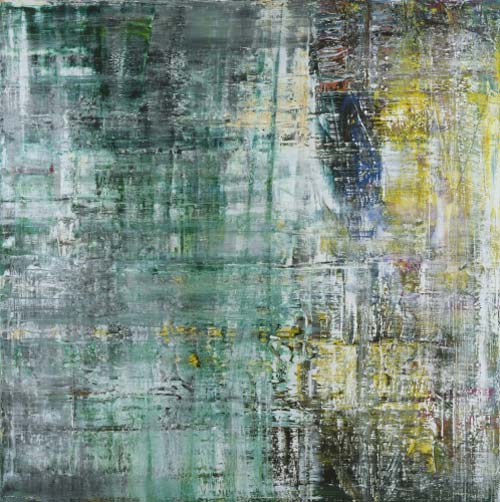The newest exhibition in The Tate Modern’s cavernous Turbine Room is Ai Weiwei’s Sunflower Seeds:

The room is filled with millions of handcrafted ceramic sunflower seeds:
Each seed has been individually sculpted and painted by specialists working in small-scale workshops in the Chinese city of Jingdezhen. Far from being industrially produced, they are the effort of hundreds of skilled hands. Poured into the interior of the Turbine Hall’s vast industrial space, the 100 million seeds form a seemingly infinite landscape.
Porcelain is almost synonymous with China and, to make this work, Ai Weiwei has manipulated traditional methods of crafting what has historically been one of China’s most prized exports. Sunflower Seeds invites us to look more closely at the ‘Made in China’ phenomenon and the geo-politics of cultural and economic exchange today.
For the first couple of days, people could walk around on the tiny sculptures (as you can see on Flickr), but health concerns prompted the museum to put a stop to that. Still pretty cool, but this remains my favorite Turbine Hall exhibition. (via hilobrow)
I very much liked Gerhard Richter’s Cage paintings on display at the Tate Modern.

Part Pollack, part Rothko, part glitch art. From the Financial Times:
The six paintings are composed in his characteristic swiping, blurred style of over-painted and obliterated layers, fine-tuned nuances of grey and white worked through with coruscating colours — carmine, emerald, turquoise, cadmium yellow, fiery orange — dragged across the canvas, smeared, wiped, leaving fragments of beauty on cool but sensuous surfaces. They suggest rain and mist, instability and displacement, absence and endings, classical rigour and postmodern ruin. They echo the northern European palette of earnest darkness and piercing brightness that goes back to Grunewald and Caspar David Friedrich, but Richter is also a minimalist, a denier of meaning, ideals, personal signatures. He has named the works in honour of composer John Cage, in reference to his Lecture on Nothing — “I have nothing to say and I’m saying it.”
Three other things I found interesting there:
1) Miroslaw Balka’s 480x10x10, a sculpture consisting of used bars of soap held together by a stainless steel rope hanging from the ceiling. It’s not often that contemporary art smells Zestfully Clean.
2) Jean Dubuffet’s The Exemplary Life of the Soil (Texturology LXIII). The online image doesn’t do it justice…the painting looked just like a slab of rock hanging on the wall.
3) The Turbine Room is an amazing, amazing space…I could have spent hours in there. I took this photo of Ollie attempting to take his first steps in the Turbine Room. Oh, and they’ve patched the cracks from Doris Salcedo’s Shibboleth. The patching is shoddy…I wonder if that’s on purpose as a permanent aftertaste of the artwork.
A comparison: London’s Tate Modern versus the MoMA. The MoMA is a stuffy, inaccesible place, while the “Tate Modern is an enormously user-friendly place, physically comfortable and hospitable, with inexpensive places to eat and frequent opportunities to sit.”







Stay Connected